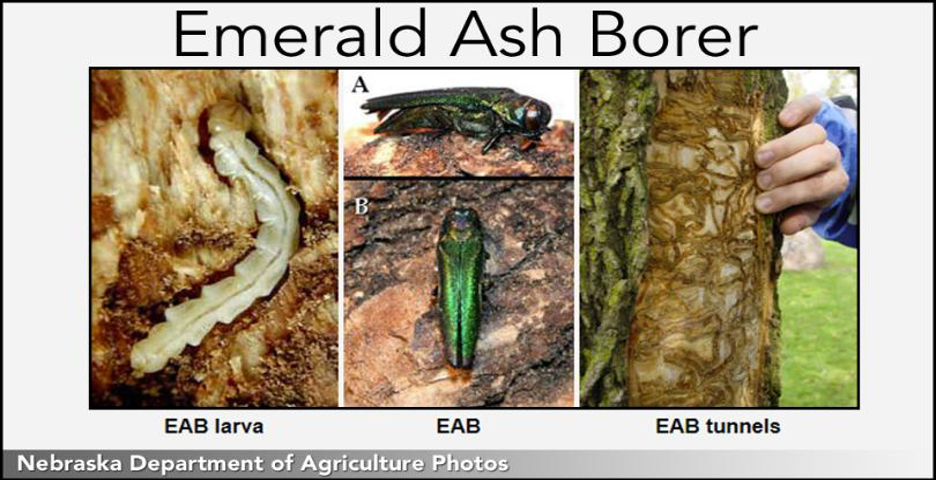As humans spread invasive species around and alter fire regimes, we change the basic functioning of single keystone species, which ultimately radiates to other species. With whitebark pines declining from 40%-90% throughout their range, these high elevation regions are drastically being transformed. Grizzly bears depend on these fatty pine nuts to get them through the harshest winter months when little else is available. As these tree populations decrease, the fight for survival intensifies. It is time we all think about plant conservation and our role as humans in protecting these truly wild places. I’m here to remind you, and remind myself, that the struggle for survival in Yellowstone is ramping up, and that the decimation of one species radiates throughout the food web, which increases competition, which unfortunately increases the rates of human-bear conflicts.
Read moreDoes the Ash species stand a chance in Western New York? If not, what will replace it? A story of the Ash species, the Emerald Ash Borer and the future of the trees niche.
Figure 1: The EAB larvae, adult and the networks they make under Ash bark (Emerald ash borer expands presence into Saunders County)
If you are visiting this blog, I need not describe the various benefits that the forested lands of the world provide. For this post, we will zoom in on the northeastern United States, and more specifically, Western New York (WNY). The significance of the very important genus of Fraxinus in WNY forests may also be familiar to most. The ash’s of New York, as well as most of North America and Europe, is under attack from an Asiatic invasive insect introduced here in the 1990s. We can touch upon the impacts of the Emerald Ash Borer and possible Ash restoration, as well as what happens if the ash disappears from our forests.
Read more


